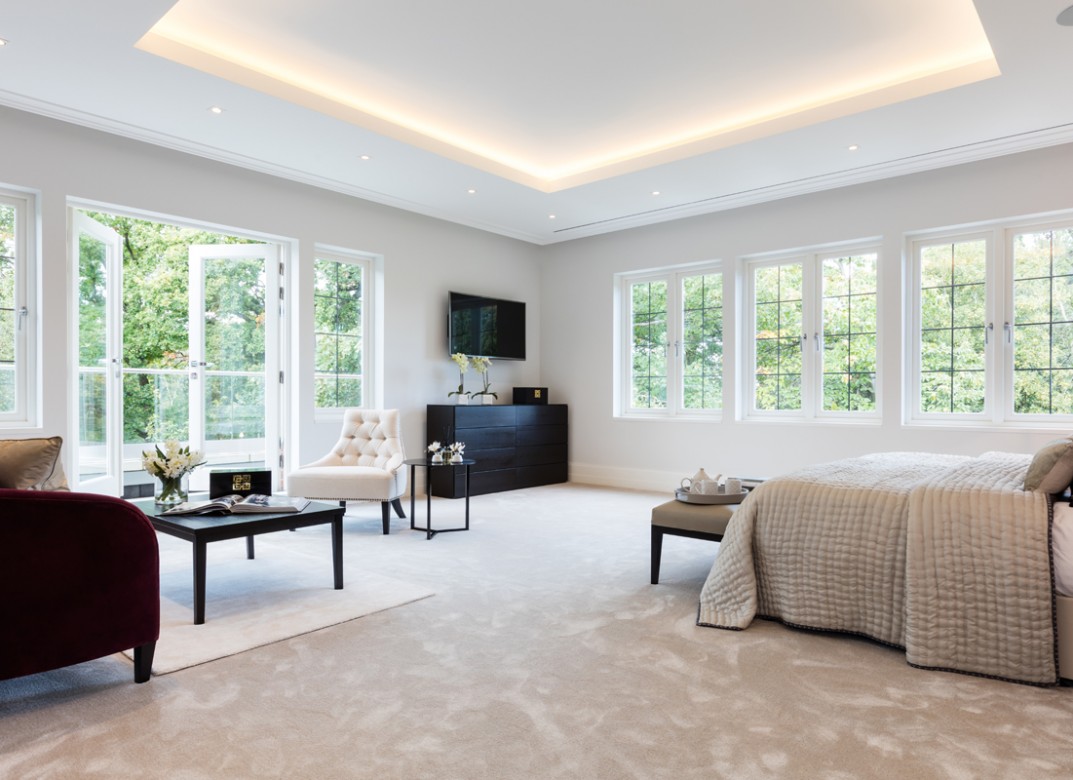Drivers are similar to the transformers that you may know about for using with low voltage downlights. They can also be called LED power supplies. Their main job is to transform the mains electricity supply down to the much lower voltage that LEDs need to operate. Therefore, you need drivers if you are going to use LED light sources, and who doesn’t these days? They have a secondary advantage acting as a filter, ironing out minor power fluctuations. Under powering causes LEDs to dim. Over powering causes them to wear out faster as they are operated at a higher than ideal temperature. Note that if LED lights are connected up to the mains supply without a driver they will be irrevocably damaged.
What can be confusing is that some light fittings have the driver built-in (also known as an integral or integrated driver) and others need a separate (often known as a remote) driver. A further complication is that many LED replacement lamps (AKA bulbs) have the drivers built in. You may not realise this as they are hidden in the cap (base part that connects them into the fitting). That’s one reason why the caps are often longer than the older types of halogen, compact fluorescent or incandescent lamps. In case you were wondering, heat is the death of LEDs, so the other reason they are longer and often bulkier is that they contain ways of wicking the heat way (AKA heat sinks). A useful generalisation is that decorative lights (chandeliers, pendants, wall lights, etc.) tend to either have built-in drivers or use LED replacement lamps.
It is the architectural light fittings (ceiling downlights, groundlights, LED ribbon, etc.) that vary a lot with some having built-in drivers, some having separate drivers and others using LED replacement lamps. With ceiling downlights, the holes that are cut in the ceiling are usually large enough for the driver to be pushed through so it rests on the back of the ceiling. However, when working with many types and styles of light fittings that need separate drivers you can’t always locate the drivers with the fittings. For example:
- I often use a mini LED downlight in bathroom niches so that they don’t become dark holes in the wall. The cut hole for these lights is around 26mm diameter but their driver is 80mm long, 35mm wide and 22mm deep so clearly won’t fit through the cut hole.
- LED ribbon is very popular these days and has a myriad of uses. I regularly include coffered ceilings in my schemes. Many coffers use metres of ribbon and the high total wattages mean physically large drivers. These large drivers won’t fit in the limited space in the coffer or if they do they would caste unattractive shadows.
Here are a couple of examples which I planned ahead:


This may all sound a bit scary but all I need to do is let the electrical contractor know about this so that they can plan ahead. They need to allow somewhere for the drivers that are in front of the lights in the circuit (so that they get the lowered power). It also makes sense that they are accessible for servicing at a later date (in case they go wrong). There are often limitations to the maximum distance away that drivers can be located from lights so they will also need this information.
So, what can you do to be prepared for using LED lights? It really is very simple:
- Do your research as early as possible
- Let your electrical contractor know what they will be dealing with…
… before the first fix wiring is done, it gets expensive to re-do, and impacts on your build or renovation schedule.
If you think that this information would help out someone that you know, please pass it on.
